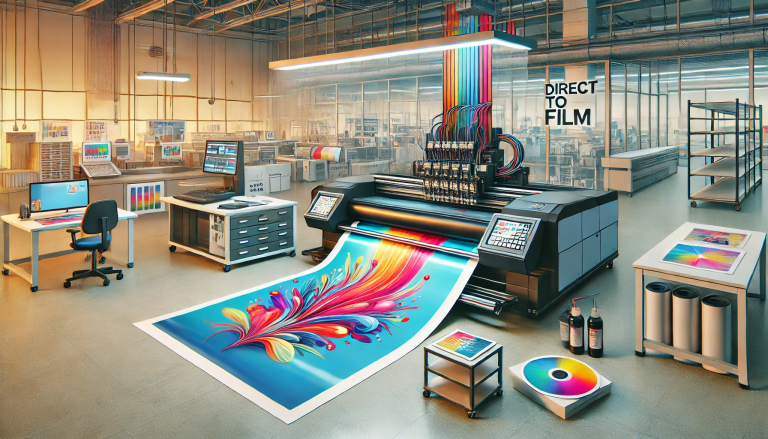“Is UV DTF Coated Paper Recyclable? Exploring Sustainability in Digital Textile Printing” -MAXDTF- UV DTF Transfer AB Film Supplier, China UV DTF Adhesive Transfer Film, Made in China
Introduction:
As the demand for sustainable practices grows across industries, the digital textile printing industry is also seeking environmentally friendly solutions. UV DTF (Direct-to-Fabric) printing has gained popularity for its ability to deliver vibrant and durable prints on various fabrics. However, concerns have been raised regarding the recyclability of UV DTF coated paper. In this article, we will explore the topic of whether UV DTF coated paper is recyclable, analyzing its composition, environmental impact, potential recycling methods, and alternative eco-friendly options.
Part 1: Understanding UV DTF Coated Paper
1.1. UV DTF Coating: UV DTF coated paper is specially designed for digital textile printing processes. It involves applying a UV-cured coating to the paper, which allows the ink to adhere to the fabric during the printing process.
1.2. Composition: The composition of UV DTF coated paper includes a base paper layer, a UV coating layer, and sometimes a release layer. The UV coating layer contains various additives and UV curable resins that provide the necessary print adhesion properties.
Part 2: Environmental Impact of UV DTF Coated Paper
2.1. Sustainability Concerns: The use of UV DTF coated paper raises concerns about its impact on the environment due to the presence of UV curable resins and additives. These substances may be non-biodegradable and can potentially contaminate recycling processes.
2.2. Recycling Challenges: The UV coating on the paper poses challenges during the recycling process. The UV-cured resins may not break down easily, and the additives can interfere with the recycling process, potentially leading to quality issues in the recycled paper.
Part 3: Recycling Potential and Methods
3.1. Current Recycling Practices: Currently, there is limited infrastructure to recycle UV DTF coated paper. Most traditional paper recycling facilities are not equipped to handle the UV coating and additives present in the paper.
3.2. Alternative Recycling Methods: Research and development efforts are underway to find viable recycling solutions for UV DTF coated paper. These include chemical and mechanical processes that aim to separate the UV coating from the paper fibers for effective recycling.
3.3. Challenges and Limitations: Overcoming the challenges of UV DTF coated paper recycling involves developing specialized recycling technologies, creating awareness among industry stakeholders, and investing in the necessary infrastructure to support the recycling process.
Part 4: Exploring Eco-Friendly Alternatives
4.1. Bio-based Coatings: Manufacturers are exploring the use of bio-based coatings as alternatives to UV coatings. These coatings utilize environmentally friendly materials derived from renewable sources and are more compatible with recycling processes.
4.2. Water-based Inks: Another eco-friendly alternative is the use of water-based inks in digital textile printing. Water-based inks have lower environmental impact compared to solvent-based or UV-curable inks and are more compatible with recycling processes.
4.3. Sustainable Substrates: Choosing sustainable fabric substrates can also contribute to a more eco-friendly printing process. Fabrics made from organic fibers, recycled materials, or other sustainable sources can reduce the environmental footprint.
Part 5: Summary and Conclusion
In summary, the recyclability of UV DTF coated paper is currently a challenge due to the presence of UV-cured resins and additives. However, efforts are underway to develop recycling methods specifically for UV DTF coated paper. In the meantime, exploring eco-friendly alternatives such as bio-based coatings, water-based inks, and sustainable substrates can help mitigate the environmental impact of digital textile printing.



